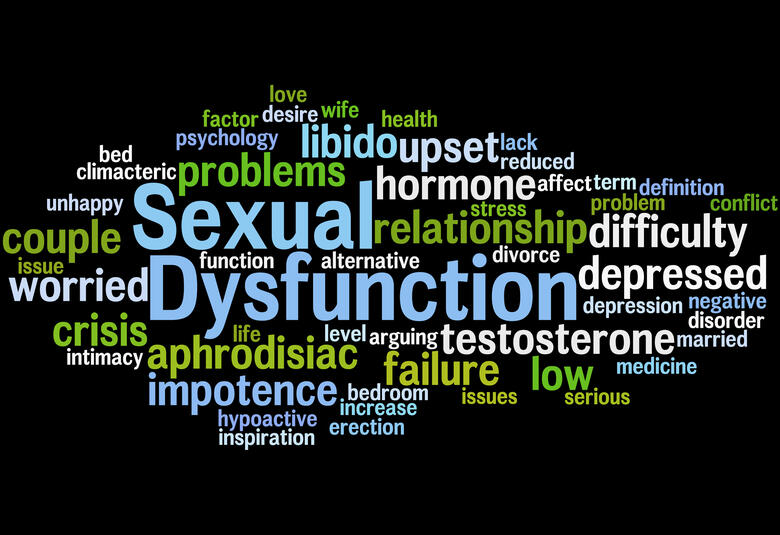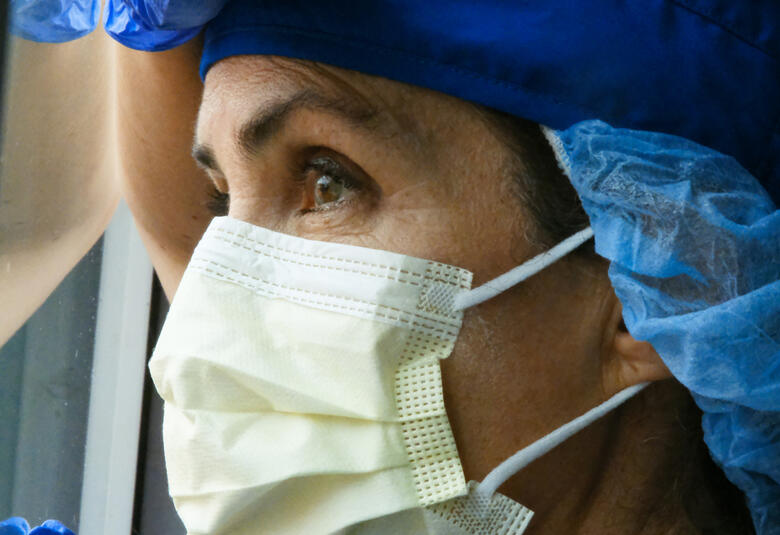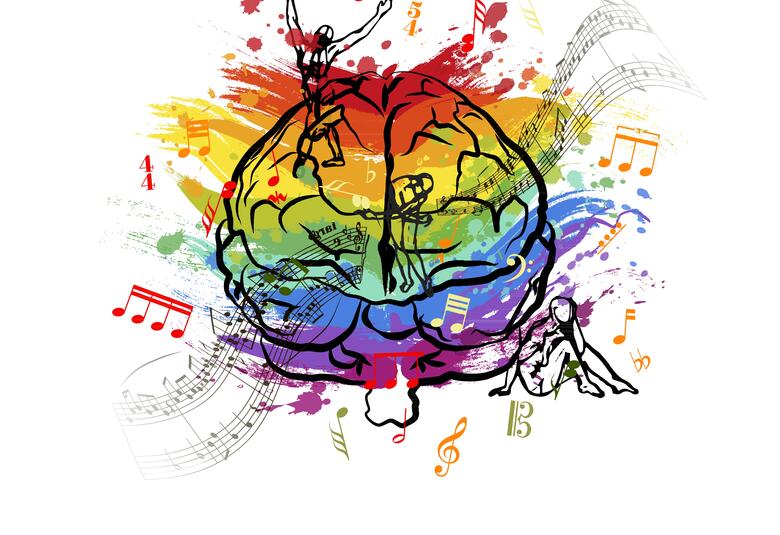At the EPA 2017 symposium on schizophrenia and clinical psychopathology, we were reminded of the large overlaps between diagnostic categories. The message was that while we can dream of dichotomy, we need to acknowledge mixed states.
Looking into the default mode network
Functional brain abnormalities in schizophrenia have been an area of active research for many years. The original finding was that of hypofrontality, both at rest and during cognitive tasks. More recently, some studies have found areas of hyperfrontality in schizophrenia - during low demand tasks, patients have to work harder to keep up. The most recent finding is the failure of deactivation in the medial frontal cortex. This is of interest to Dr Edith Pomarol-Clotet, FIDMAG Hermanas Hospitalarias Research Foundation, Spain. Her and her colleagues are studying the ‘default mode network’ in schizophrenia and bipolar disorder.
While performing a working memory task, 32 patients with chronic schizophrenia and 32 matched controls were scanned using MRI. Dr Pomarol-Clotet presented fMRI images showing areas of the brain that are activated, as well as areas that are deactivated, during the n-back working memory task. In this study, it was clear that there was ventromedial failure to deactivate in schizophrenia. This result does not stand alone. Failure of deactivation has been reported in 12 schizophrenia studies. It is usually seen in the medial frontal cortex, but has also been observed in the posterior midline node. There is no clear association with any class of symptoms.
These deactivated areas are part of the ‘default mode network’.
These deactivated areas are part of the ‘default mode network’, a network of brain regions discovered in 2001. This network is active at rest, and when performing a small number of tasks, but is inactive when carrying out most cognitive tasks. So what does it do? It is active when daydreaming, remembering personal events, thinking about the future, and thinking about the perspectives of others. It may also have a role in low-level monitoring of the external world for unexpected events - a state of watchfulness.
It has been shown that failure of deactivation is present in first-episode psychosis. Dr Pomarol-Clotet presented an fMRI study that included 29 patients with schizophrenia and 29 first-degree relatives. Relatives had a degree of deactivation failure, but this was not as marked as in the patients.
Her group has extended this work - they carried out an fMRI study of working memory in bipolar disorder. In both phases of bipolar disorder - mania and depression- as well as in euthymia, the default mode network failed to deactivate. As was the case for schizophrenia, relatives of patients with bipolar disorder also showed a degree of deactivation failure.
Dr Pomarol-Clotet proposed that these results may point to an endophenotype of these disorders.
Results may point to an endophenotype of these disorders.
Social cognition: schizophrenia vs bipolar disorder
Prof Gabriele Sachs, Medical University of Vienna, Austria, demonstrated that when comparing cognitive function in schizophrenia and bipolar disorder, patients have similar, low levels of executive function. But when looking at the domain of sustained attention, patients with schizophrenia struggle much more. It appears that both groups of patients could benefit from cognitive remediation.
Prof Sachs asked the question: are deficits in social cognition differentiating between schizophrenia and affective disorders? Impairment in social cognition is more severe in schizophrenia compared to bipolar disorder, particularly for facial emotion recognition and theory of mind. She pointed to a statement from Mitchell and Young (2016): ‘The differences in impairment across schizophrenia and bipolar disorder may… have genuine differential effects on social functioning and the likely success of remediation’.
Little boxes?
Karl Popper said that ‘Clinical observations are, like all other observations, interpretations in the light of theories’
Karl Popper said that ‘Clinical observations are, like all other observations, interpretations in the light of theories’. Prof Andreas Erfurth, Otto-Wagner-Spital, Austria, highlighted that this is a relevant comment regarding diagnosis in psychiatry. The pharmacocentric cycle of biological psychiatry described by Baldessarini (2013), which includes pathophysiology, treatment, pharmacodynamics and diagnosis, is not a precise cycle. Prof Erfurth emphasized that recent neurobiological research has shown that nosologic assignments through conventional diagnostic classifications are not specific. There are large overlaps between diagnostic categories, such as between schizophrenia and affective disorders.
While we can dream of dichotomy, we need to acknowledge mixed states. He pointed to the continuum between unipolar and bipolar affective disorders described by Jules Angst. Prof Alfonso Tortorella also addressed the topic of mixed states in this EPA symposium. It is significant that 60% of patients diagnosed with unipolar depression will receive a diagnosis of bipolar disorder within the next 15 years. The chance of conversion is high.
A peek into ICD-11
Prof Erfurth referred to the ICD-11 Beta Draft, which is available for review and comment. He noted with interest that the classification of ‘Mental or behavioral disorders’ has been separated from that of ‘Diseases of the nervous system’, defined as a group of conditions characterized as being in or associated with the nervous system.
Our correspondent’s highlights from the symposium are meant as a fair representation of the scientific content presented. The views and opinions expressed on this page do not necessarily reflect those of Lundbeck.






